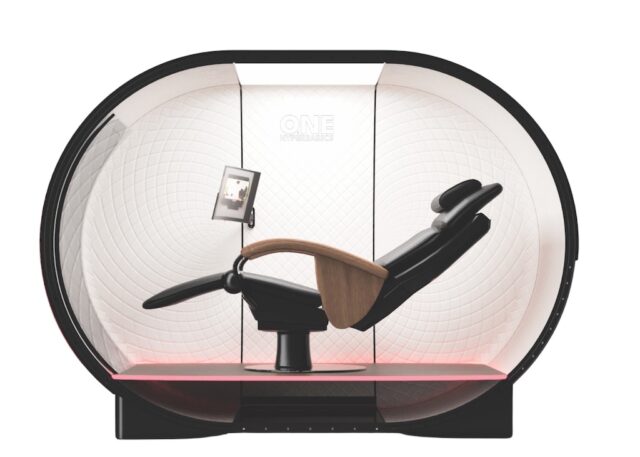
By Tapp Francke Ingolia, MS, CNS
It’s making headlines in regenerative and longevity medicine, and for good reason. By delivering pure oxygen under pressure, hyperbaric oxygen therapy (HBOT) enhances tissue healing, reduces inflammation, supports immune resilience, and has even been shown to influence the holy grail of biological aging markers like telomere length and senescent cell load. But here’s the catch: Not all hyperbaric chambers are created equal, and understanding their differences is critical to ensuring both efficacy and safety.
HBOT involves breathing 100 percent medical-grade oxygen inside a pressurized chamber, typically at 1.5 to 3.0 ATA (atmospheres absolute). This increased pressure allows oxygen to dissolve deeply into tissues, reaching areas with poor blood flow or inflammation. As a result, it can potentially enhance healing, reduce oxidative stress, boost immune function and encourage mitochondrial efficiency. Clinical applications include wound healing, radiation injury, traumatic brain injury and carbon monoxide poisoning. Some scientists are investigating it for the treatment of chronic infections like Lyme disease and long COVID, and more recently, performance and longevity enhancement.
Perhaps most exciting is HBOT’s role in longevity science. A study involving tech entrepreneur and longevity enthusiast Bryan Johnson demonstrated that a structured hyperbaric protocol could lengthen telomeres—protective caps on chromosomes associated with aging—and reduce senescent cells, which are dysfunctional cells that drive aging and disease. These findings represent a landmark in regenerative medicine, positioning HBOT as a cornerstone of biological age-reversal strategies.
Another promising medical application of HBOT is its use in the treatment of Lyme disease. Clinical research, including observational studies conducted by Dr. William Fife at Texas A&M Health Science Center, has shown that patients with chronic Lyme disease have experienced significant improvements following HBOT.
As extraordinary as HBOT is, there are some caveats. Choosing your chamber wisely is critical, as is making sure that the person overseeing your treatment is well trained and following safety protocols. Due to the current excitement in the longevity medicine space, there has been an influx of HBOT chambers on the market, and some do not have FDA approval. Tragically, there have been two deaths this year. In 2025, safety concerns emerged regarding saturation units, which maintain high oxygen saturation over long periods. These are not the same as clinical HBOT chambers, but headlines have caused confusion. Importantly, the recent product alerts issued by the International Hyperbarics Association emphasize the need to source chambers from trusted, vetted manufacturers and avoid systems lacking regulatory oversight or quality assurance.
Hyperbaric oxygen therapy holds immense promise—from recovery and immune support to potential antiaging breakthroughs. However, the effectiveness and safety of HBOT depend entirely on the quality and design of the chamber. Seek units that deliver pure oxygen via face mask in a non-saturated, pressurized environment, and only trust products with proven safety records. When done right, HBOT can be a transformative part of your wellness and longevity journey.
At Hamptons BioMed, we are committed to having only the safest and most effective therapies. Our HBOT is the medical-grade HBOT chamber from One Hyperbaric, which is endorsed by Dr. Frank Lipman, the Association of Surgeons of Great Britain & Ireland, and Dr. Edmund Fitzgerald O’Connor, and used by the NFL, NBA and Premier League.
one-hype.com/hyperbaric-oxygen-therapy; hamptonsbiomed.com





